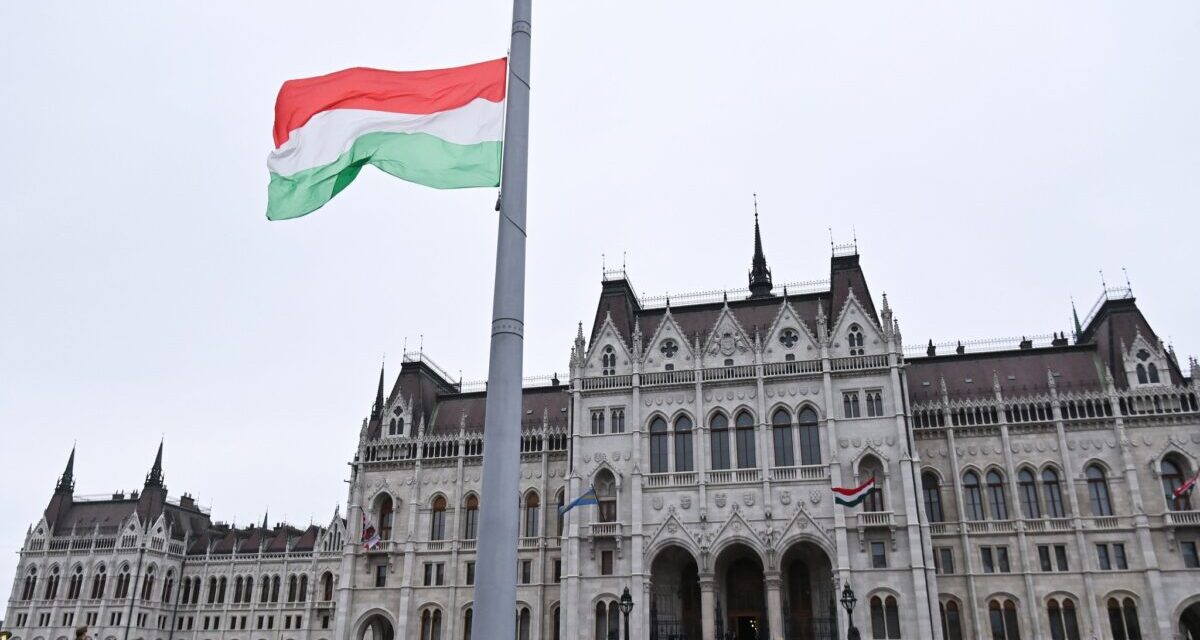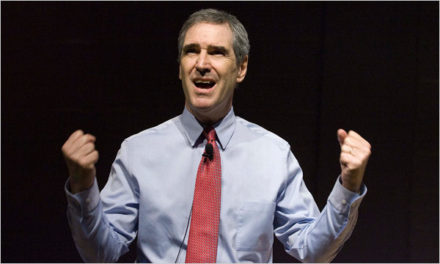An era is not only so much more than a stable political system that it survives for a long time under constant leadership, but also that it has a clearly distinguishable spirit unique to it.
We feel that the age we live in is characterized by a certain canon of values, a specific cultural course, a specific intellectual climate. Having reached the middle of Viktor Orbán's fifth government term, it is no exaggeration to focus on the long-term cultural goals after the shorter-term legal-economic and medium-term social goals. In particular, the fulfillment of these is the basis for the success of the former. We can certainly talk about an era in a political sense, but whether the system will be an era in a cultural sense depends on the effectiveness of the state's cultural strategy as well as the success of the impact on society. The permanence of a political system is given by its internal political stability, the constancy of its operators and the length of its duration, but it is the cultural footprint it leaves behind that makes it recognizable and memorable. For this reason alone, it is true that culture is not a side-scene of politics, but a strategic field. A significant part of the achievement of the great historical goal depends on this field.
THE SPIRIT OF THE AGE AS A CULTURAL POLITICAL ISSUE
Determining the meaning of an era has always been of interest to historians with a more far-sighted, holistic approach in collecting data, but also in organizing it. What Herder said about him is perfect for questioning the zeitgeist:
"The power of the zeitgeist is great, but unnoticed; the competent person can track and exploit it, but the clumsy person usually notices it too late and only based on the effects that have occurred.”
In 1933, Tibor Joó published his thesis entitled A korszellem as a historical philosophical question in the journal of the Hungarian Philosophical Society (Athenaeum, 1933/1). In his writing, he understood the Hegelian Zeitgeist neither mechanistically nor metaphysically, but in the sense that
"the zeitgeist is the same tendency of a constant essence".
By this he meant that the zeitgeist is a dynamically changing "life unit" in the course of history, its creator is none other than the "culture-creating force" itself, from which it follows that the zeitgeist can be grasped in culture. Today we would say that the zeitgeist can be recognized in the content of the prevailing cultural complex of the given era.
Already in his article "The spirit of our age", written three years earlier, he believed that the spirit of the age was "the general ideology of a large cultural unit" , but he also described it with many other apt expressions, such as general spirit, public spirit, dominant direction (West, 1930/19 ). In another text written five years later than the longer study, which was published under the title The spirit of the era and book binding, he wrote that "the spirit of a historical era, the character trait that can be considered its essence, manifests itself in the entire field of culture, in all creations, the it appears even in the smallest cultural phenomena and gives them a specific character" (Magyar Könyvszemle, 1938/2). This approach, as the title of the text cited later shows, can reveal the current Zeitgeist in all areas of culture - be it bookbinding or weapons development, industrial design or pop culture work.
Based on these, we can conclude that the zeitgeist is always the spirit of a specific era.
Gyula Kornis, the editor of the first volume of the large-scale multi-volume collection entitled A mai világ képé, entitled Spiritual Life, published in the same year, expressed it in a way consistent with those just mentioned. Due to its sabbatical, it is worth quoting this at length. It sounds like this:
"The zeitgeist is a set of ideas, meanings, and value systems typically characteristic of the age […] The collection of intellectual creations is culture. The spirit of the age is thus expressed in the culture of the age. The culture of an era, as the historical product of the spirit that realizes values […] a unified whole, a spiritual organism in which everything is directly or indirectly related to everything else […] if we look at the culture of an era in a longer period of time, in a historical perspective, the spirit of the culture appears to have a more uniform style , seems to be more consistent […] essentially, the same typical value concept pervades religion, morality, science and philosophy, art, literature, music, the political system, and economic life in the culture of each era."
It is no coincidence that the author is none other than Count Kunó Klebelsberg, State Secretary of the Minister of Religion and Public Education between 1922-31, Piarist monk, philosopher, university professor. We have to come back here at some point.
But what follows from this? Nothing less than that the era, which most directly means a specific historical stage, is made recognizable by the spirit of its time when viewed from a perspective and in comparison. The spirituality of a given era can best be captured in the image of its characteristic style (and the style of its images), which manifests itself in all areas of life, but for eternity, as pure ideality, it can best be seen in action in art. All the more so because "style is unity and different styles are the character of different units" (Lajos Kassák).
The intellectual landscape of the eras can be more easily recognized in the sectors that create more lasting works than the fashion and music industries, which produce layered products anyway (visual arts, architecture, film, fiction), in which, according to their nature, formal harmony and stylistic unity are directly enforced. For example, the Middle Ages are still understood today by the Romanesque and Gothic, the end of the early modern period by the Baroque, and the 20th century by modernism. We all know what we mean - or rather feel - by rococo and art nouveau, what an art deco interior suggests, when brutalism was fashionable.
In the midst of the conditions of late modernity or postmodernity, the creation of this constructive unity has become more difficult from several points of view. to landmark buildings such as the House of Hungarian Music or the new Museum of Ethnography, which are not in contrast, but rather in a synthetic relationship with the historical reconstruction of the Várkert Bazaar, Kossuth Square and Buda Castle. It is no coincidence that these have provoked the greatest opposition and unproductive cynicism, since the era in which they were made and whose spirit they carry are permanently marked and filed within the framework of history.
The spirit of the age whose policy is called the System of National Cooperation cannot be anything other than historical and based on consensus.
However, there is a problem here, which sounds like in our age - and this is a very characteristic feature - the local zeitgeist clashes with the global zeitgeist, and the means of (re)producing local culture are dwarfed compared to the huge arsenal available for spreading the global zeitgeist. This is the explanation for the fact that even though the right-wing is in government here, it still works in opposition compared to the rest of the world, and vice versa, the situation is that its left-liberal opposition is nothing more than the servant of the "ruling ideas". In order to replace the missing force, no other and more effective instrument than the state can be used by the government: that is why an enhanced cultural policy is needed.
The entire article can be read on Látószög!
Featured image: MTI/Noémi Bruzák













